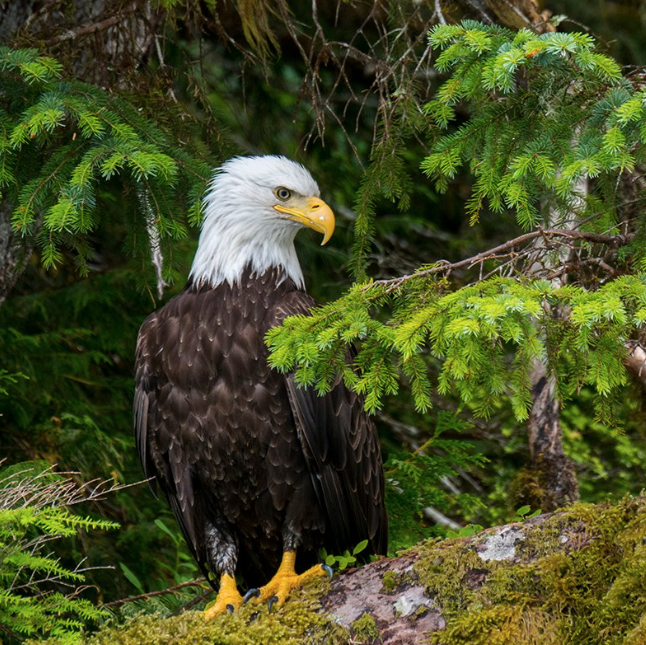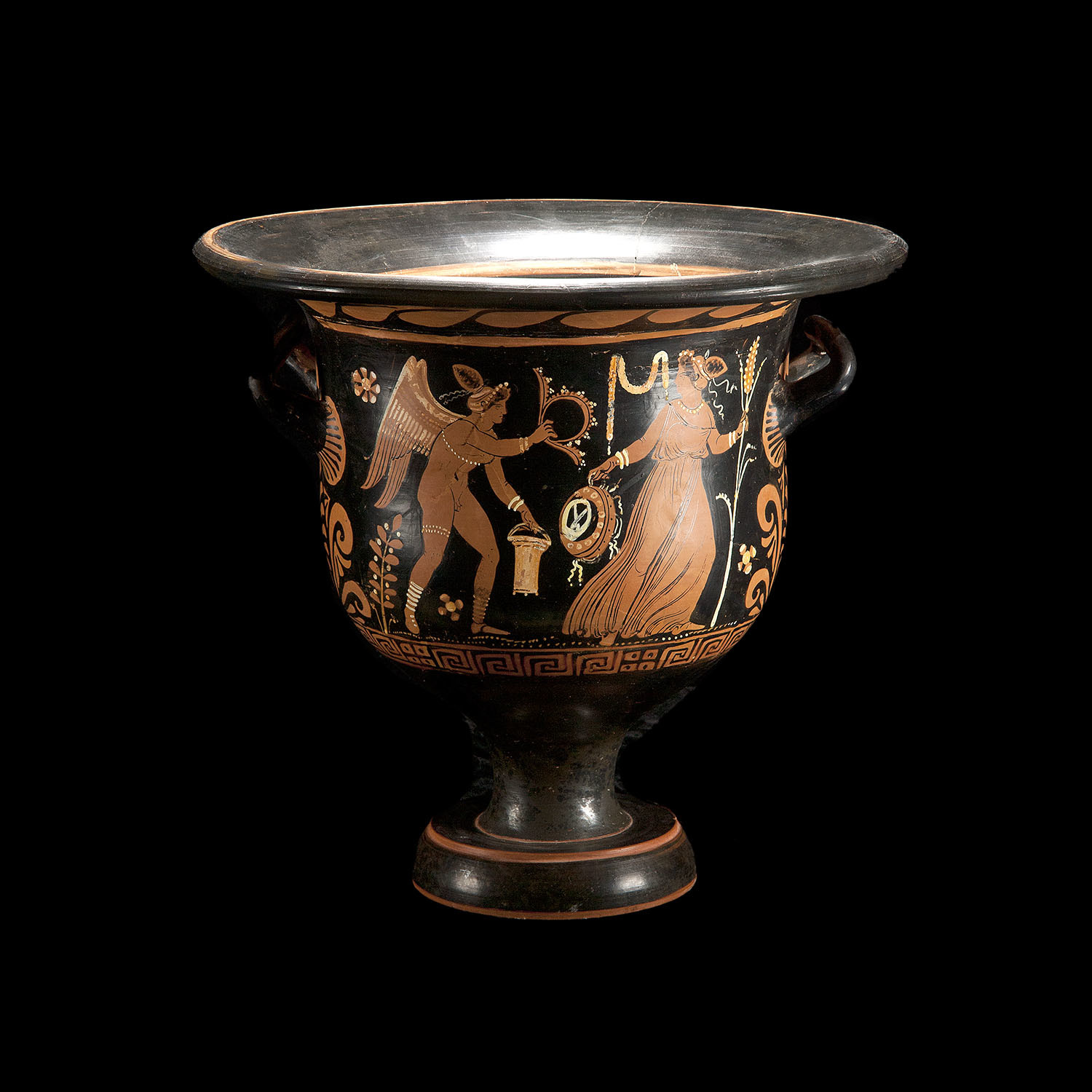Lewis
Member
- Aug 5, 2005
- 15,483
- 621
Olive Plant Well Documented in Bible
The Significance of This Tree in the Promised Land
Read more: http://ancient-middle-eastern-history.s ... z0Nq1MQB4z
The olive tree and its byproducts have historical significance in the Bible and ancient lands, and specimens 2,000 years old may still thrive.
Of the approximately 100 plants mentioned in the Bible, the olive tree is probably the most sacred and recognized. It was part of the livelihood of the ancient peoples, serving as food, lamp oil, anointing oil, and building material. The Mount of Olives near Jerusalem was the ideal growing place for the olive, and the Mount became a focal point in the daily lives of the people there. Many important Biblical events took place on its slopes.
First mentioned in Genesis (8:11) in the story of Noah and the great flood, the olive leaf became known as a symbol of peace. Olives were plentiful in the Promised Land, which we know through agricultural history and archaeological evidence. It was therefore natural that it would become an integral part of the lives of the Israelites.
Olive Trees Can Live More Than 2,000 Years
The olive plant is an evergreen with leaves that are bluish-green on top and white underneath. It thrives in lands with hot, dry summers and cool, damp winters. An olive can grow into a tree that lives 1,000 years or more, but since olive trees don’t have the rings that usually help scientists determine age, it is difficult to know exactly which trees currently alive in Jerusalem were there in Jesus’ day. Some claim that the oldest olive tree in the world is the approximately 5,000 year old “Olive of Vouves†in Kolymvari on the western end of the isle of Crete. It is doubtful that any near Jerusalem are as old, since it is reported the Romans cut down all the olive trees when they sieged Jerusalem in 70 A.D. When Jesus lived, domestic olive trees were propagated from wild ones through grafting. There is reference to grafting in Scripture (Romans 11:17-18), as part of a lesson about belief, faith and the salvation of Israel.
Olive Oil Had Many Uses
The place name “Gethsemane†is Greek for “oil press,†from the Hebrew “gat shemanim.†While there are differing opinions about the exact location of the “Garden of Gethsemane†where Jesus prayed, whether across the Kidron Valley in a grove on the western slope of the Mount of Olives, or in the walled garden near the present Church of All Nations, with some of the oldest surviving olive trees, the groves in the area were an ideal location to process olives. In ancient times, a large crushing wheel made of stone was used to press out an initial supply of unpure oil which was used for lamps. The Israelites in the wilderness used olive oil to light the court of the Tabernacle (Exodus 27:20). It was also used to make precious anointing oil (Exodus 30:24-25). And, of course, olive oil was eaten as part of a grain offering (Leviticus 2:4-5).
People of the ancient lands were well aware of the many uses of the olive long before Jesus lived. Historians document that olive cultivation was well established by 3,000 B.C., and that the Egyptians used large vessels and containers for transporting olive oil. Some of the ancient vessels that archaeologists dig up today were most likely used in the olive oil trade.
Read more: http://ancient-middle-eastern-history.s ... z0Nq1gW6SM
Olive Wood Used in Construction
The wood of the olive tree, among other types of wood available in the land, was suitable for furniture. It was given high regard within the Temple of Solomon, where the sanctuary held two cherubim of olive wood, doors and doorposts that were carved from olive wood and ornately decorated (1 Kings 6:23, 31-33).
The many uses of the olive plant in both Biblical and more ancient times is testament to the fact that this, among many other plants that grow in the Middle East, have endured over the ages to become an integral part of the history and culture there.
Read more: http://ancient-middle-eastern-history.s ... z0Nq28hDN7
http://ancient-middle-eastern-history.suite101.com/article.cfm/olive_plant_well_documented_in_bible
The Significance of This Tree in the Promised Land
Read more: http://ancient-middle-eastern-history.s ... z0Nq1MQB4z
The olive tree and its byproducts have historical significance in the Bible and ancient lands, and specimens 2,000 years old may still thrive.
Of the approximately 100 plants mentioned in the Bible, the olive tree is probably the most sacred and recognized. It was part of the livelihood of the ancient peoples, serving as food, lamp oil, anointing oil, and building material. The Mount of Olives near Jerusalem was the ideal growing place for the olive, and the Mount became a focal point in the daily lives of the people there. Many important Biblical events took place on its slopes.
First mentioned in Genesis (8:11) in the story of Noah and the great flood, the olive leaf became known as a symbol of peace. Olives were plentiful in the Promised Land, which we know through agricultural history and archaeological evidence. It was therefore natural that it would become an integral part of the lives of the Israelites.
Olive Trees Can Live More Than 2,000 Years
The olive plant is an evergreen with leaves that are bluish-green on top and white underneath. It thrives in lands with hot, dry summers and cool, damp winters. An olive can grow into a tree that lives 1,000 years or more, but since olive trees don’t have the rings that usually help scientists determine age, it is difficult to know exactly which trees currently alive in Jerusalem were there in Jesus’ day. Some claim that the oldest olive tree in the world is the approximately 5,000 year old “Olive of Vouves†in Kolymvari on the western end of the isle of Crete. It is doubtful that any near Jerusalem are as old, since it is reported the Romans cut down all the olive trees when they sieged Jerusalem in 70 A.D. When Jesus lived, domestic olive trees were propagated from wild ones through grafting. There is reference to grafting in Scripture (Romans 11:17-18), as part of a lesson about belief, faith and the salvation of Israel.
Olive Oil Had Many Uses
The place name “Gethsemane†is Greek for “oil press,†from the Hebrew “gat shemanim.†While there are differing opinions about the exact location of the “Garden of Gethsemane†where Jesus prayed, whether across the Kidron Valley in a grove on the western slope of the Mount of Olives, or in the walled garden near the present Church of All Nations, with some of the oldest surviving olive trees, the groves in the area were an ideal location to process olives. In ancient times, a large crushing wheel made of stone was used to press out an initial supply of unpure oil which was used for lamps. The Israelites in the wilderness used olive oil to light the court of the Tabernacle (Exodus 27:20). It was also used to make precious anointing oil (Exodus 30:24-25). And, of course, olive oil was eaten as part of a grain offering (Leviticus 2:4-5).
People of the ancient lands were well aware of the many uses of the olive long before Jesus lived. Historians document that olive cultivation was well established by 3,000 B.C., and that the Egyptians used large vessels and containers for transporting olive oil. Some of the ancient vessels that archaeologists dig up today were most likely used in the olive oil trade.
Read more: http://ancient-middle-eastern-history.s ... z0Nq1gW6SM
Olive Wood Used in Construction
The wood of the olive tree, among other types of wood available in the land, was suitable for furniture. It was given high regard within the Temple of Solomon, where the sanctuary held two cherubim of olive wood, doors and doorposts that were carved from olive wood and ornately decorated (1 Kings 6:23, 31-33).
The many uses of the olive plant in both Biblical and more ancient times is testament to the fact that this, among many other plants that grow in the Middle East, have endured over the ages to become an integral part of the history and culture there.
Read more: http://ancient-middle-eastern-history.s ... z0Nq28hDN7
http://ancient-middle-eastern-history.suite101.com/article.cfm/olive_plant_well_documented_in_bible




